Best of Vietnam Tour has a lot to offer visitors no matter the time of year, but climate does vary significantly in different areas. Doing research on seasonal weather patterns will help travellers plan the best itinerary. While the country can be enjoyed year-round, some periods stand out more than others depending on preferences.
Spring and autumn are generally good choices, as weather conditions are transitioning between rainy and hot seasons. Rains tend to be lighter and scattered, while temperatures stay moderate for comfortable sightseeing. This allows exploring sights outdoors without disruptive downpours.
Those interested in cultural festivals may favour spring. This is when lunar new year celebrations are in full swing nationwide. Stunning natural scenery also appears vibrant, from fresh rice fields to blooming trees. Mid-autumn festivals ramp up in September and October, offering similar sights but cooler temps in the north.
Of course, preference may depend more on attractions like lively events, lush landscapes or thin crowds. Doing homework on typical weather patterns in different months empowers travellers to experience each region at its unique best. Keeping flexible schedules also permits enjoying ever-changing seasonal blooms, harvests and traditions everywhere in Vietnam across the year. Most importantly, coming with an open mind ensures fully appreciating all this diverse country has to offer.
Spring brings warmer weather and colourful celebrations nationwide after winter. In March, pink blossoms line hanoi sapa halong streets for Lunar New Year, as families reunite with cakes wishing luck. Further south, hills don shades of blooming peach and apricot.
Coastal spots like Phu Quoc and Nha Trang flaunt Vietnam's coastlines during spring's comfortable weather. Warm seas and tropical sun make these areas perfect for relaxing on the beach or kayaking. Lotuses unfurl pink across still ponds, attracting animals for courtship and fishermen hauling mackerel and crab. Visitors find calm shores and water for activities or sunsets watching boats return home.
Nature flourishes vibrantly, ensuring enjoyment taking in her seasonal sights, scenic roads, festive ambiances and fragrant colours across welcoming Spring Vietnam. Various delightful scents, colours and festival ambiances make it a special time to visit many regions.
Summer is the hottest and rainiest time of year in Vietnam, which deters many visitors. However, escaping the tourist hordes can be its own reward. Head to less crowded coastal areas where ocean breezes make the humid air slightly more tolerable. Popular beaches like Mui Ne are almost empty, allowing for relaxed walks.
On the bright side, glimpses like vivid rainbows enhance the stunning scenery, like lush rice paddy fields vivid against stormy skies. Photography fans appreciate summertime's moody natural backdrops.
Cooling off at night brings perks too. Candlelit seaside feasts, tropical cocktails under sheltering roofs, and starlit nights have enhanced intimacy. Village festivals also maintain cultural traditions undiluted by crowds buffeted by seasonal temperatures.
Savvy travellers can also cash in on discounted rates for resort stays. With flexibility, exploring summer's quieter side reveals gems hidden from the usual seasonal circuits. With simple adjustments, the hot months become a worthwhile time to experience a mellower side of Vietnam far from the tourist trodden tracks.
Autumn brings pleasant weather across Vietnam after the hot and rainy summer. Temps average 25-30°C allowing comfortable exploration. Northern regions showcase dramatic changes as leaves transition and crops ripen.
In Hanoi, parks surrounding Hoan Kiem Lake and the Old Quarter display vibrant reds, oranges and yellows. Rice terraces filling Sapa Valley transform into colourful patches of golds, crimsons and ochres against surrounding peaks - a scenic spectacle.
Early October coincides with Mid-Autumn Festival spurring northerners south for respite. Coastal landscapes gain golden tints as final rice crops soak in the sun. Central provinces offer rolling hillsides resembling tidal waves of rippling fields. At historic Hoi An, lantern festivals illuminate Thu Bon River each night as if leaves were floating in water.
From December to February, northern regions like Hanoi experience their coolest and driest months. Daytime highs average 15-20°C, which is quite comfortable without heavy clothing. Nights are cooler but rarely below freezing. The lack of rainfall means plenty of nice days to spend outdoors exploring.
Halong Bay has its calmest seas during winter, making for peaceful boat trips with vividly clear views of the limestone towers. Trekking through highland towns like Sapa is also very doable without worrying about showers.
With fewer crowds and humidity, it's easier to appreciate the heritage sites and scenery. Views of misty rice fields and mountains are exceptionally scenic during early dawn light. Local festivals like Lunar New Year enliven the season with traditions like decorating homes, rituals, and family reunions.
So, whether you want to celebrate a festival, swim in warmer waters, or escape to the mountains, with careful planning, most seasons in Vietnam offer great opportunities. Flexibility contributes to the attractiveness that each corner exudes as it follows its own climatic rhythms throughout the year.
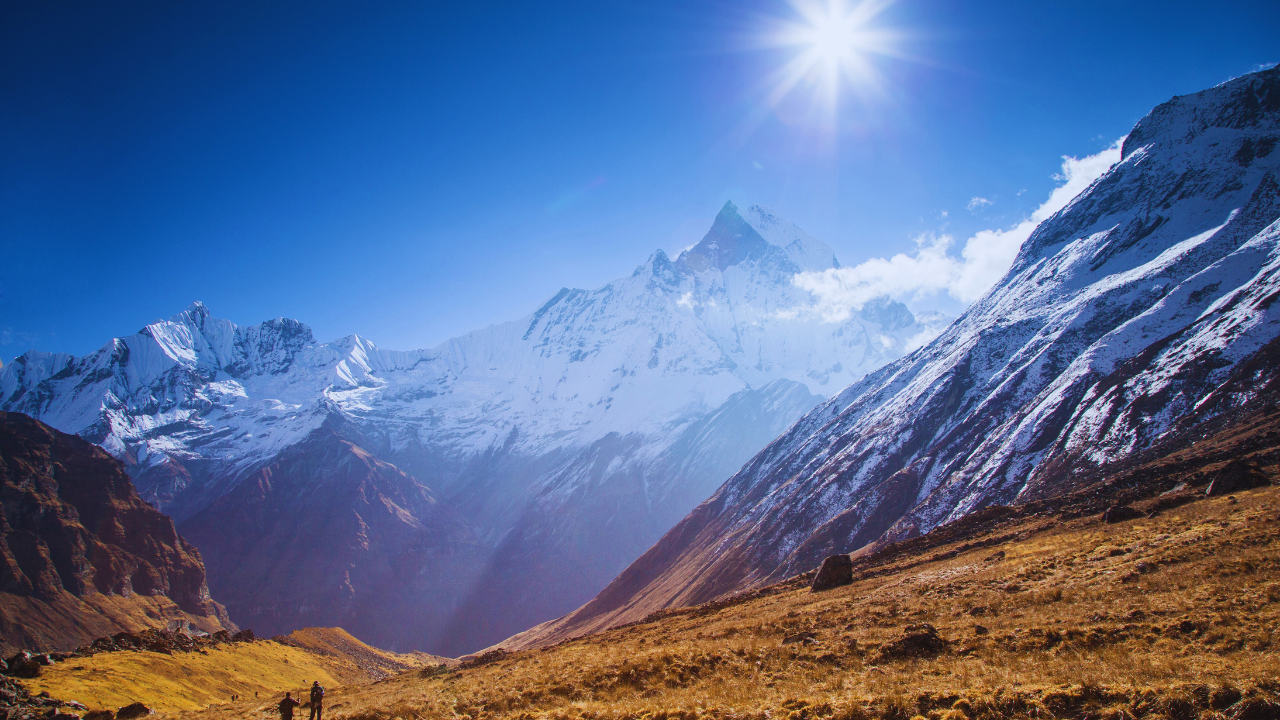
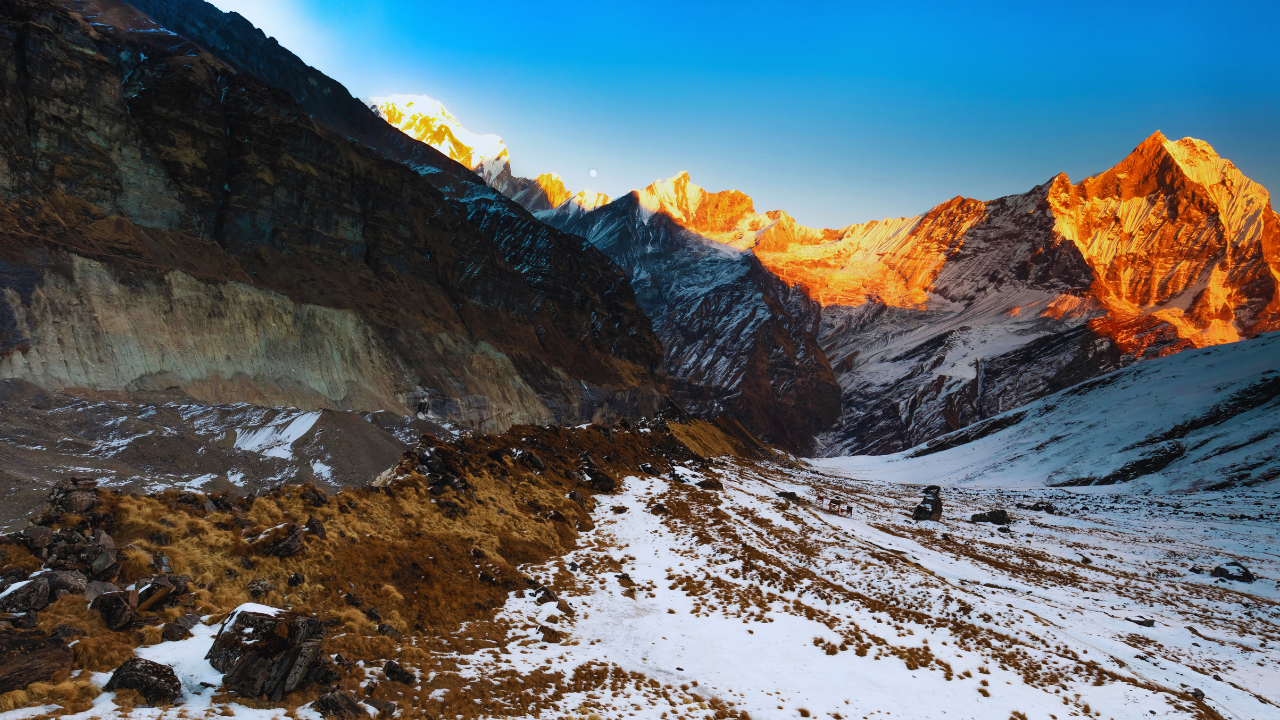
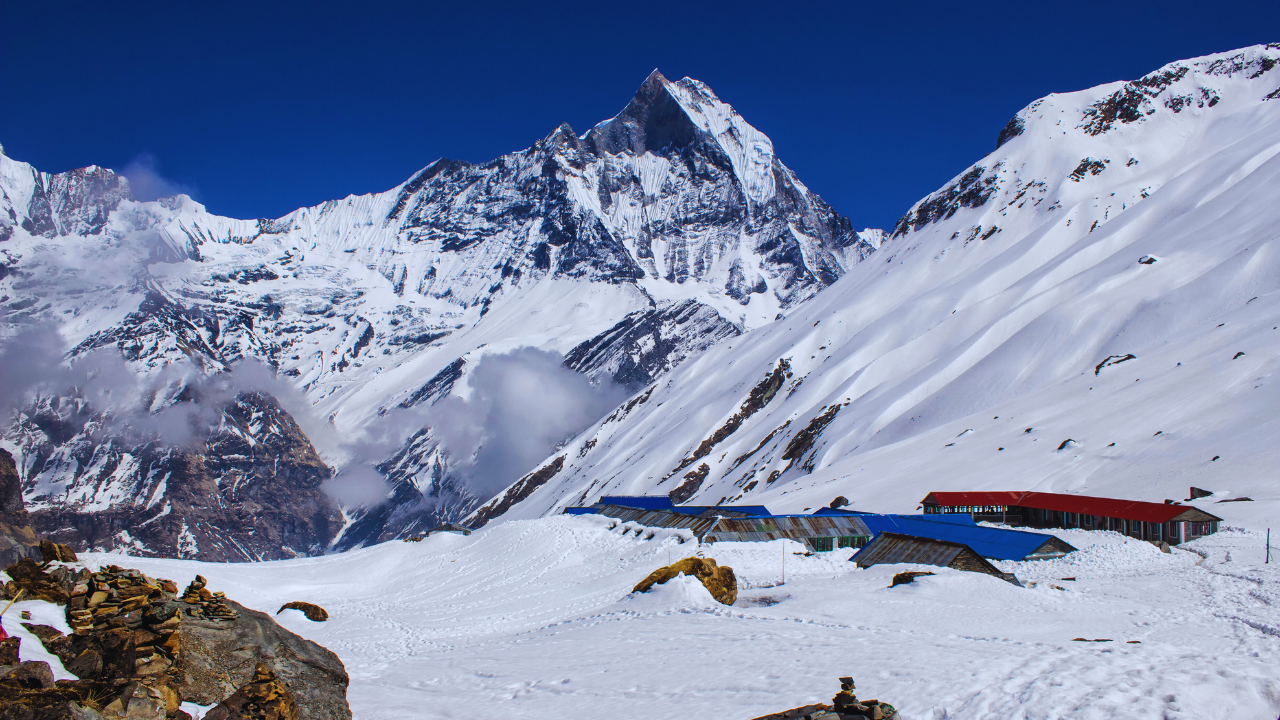
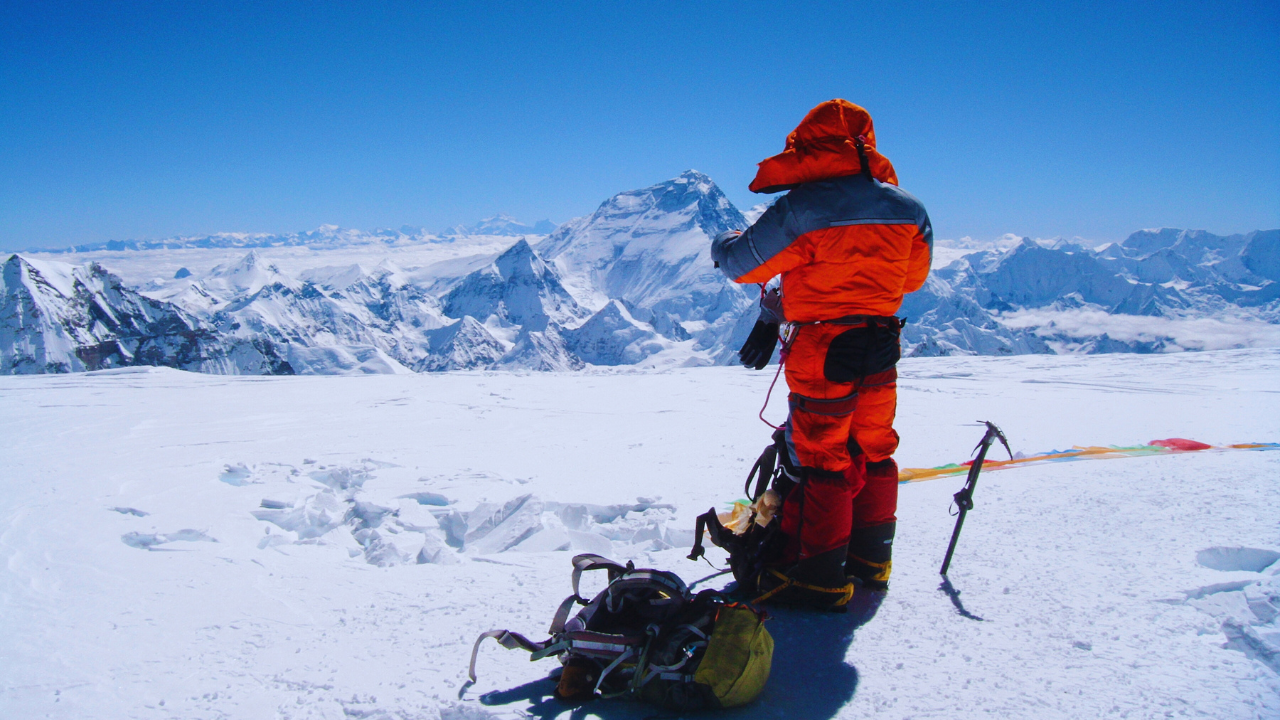



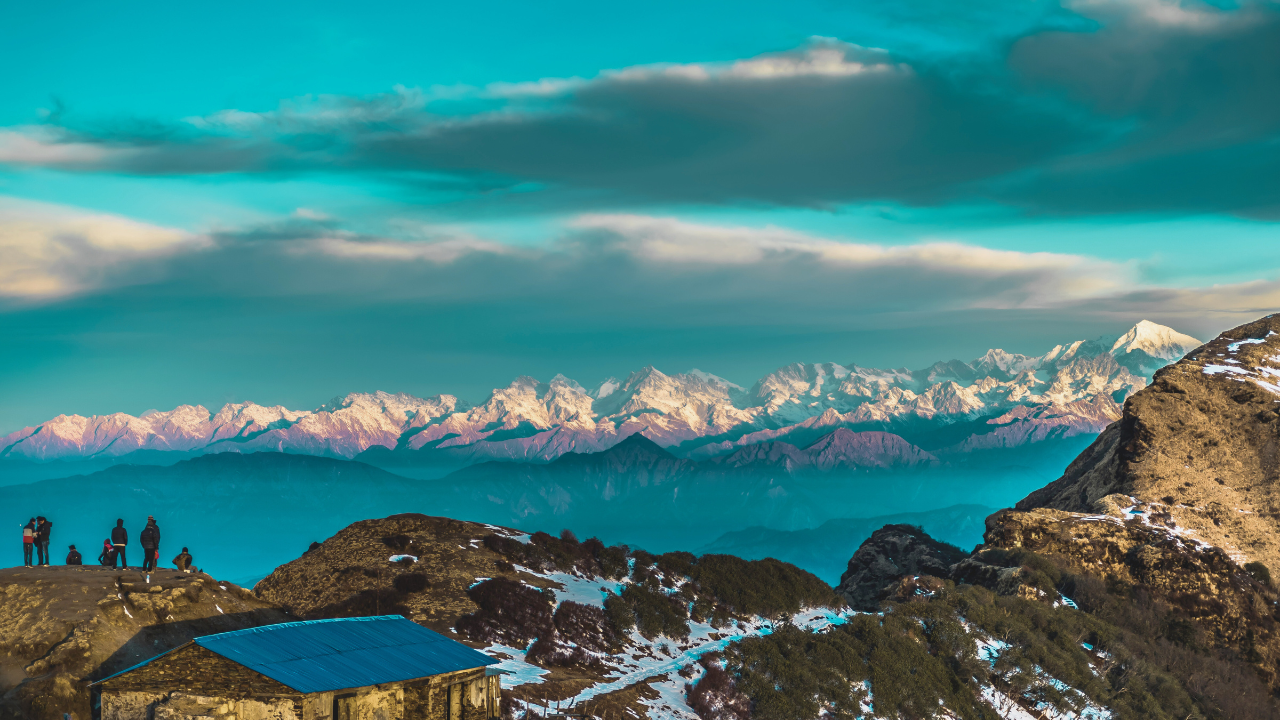







































Comments